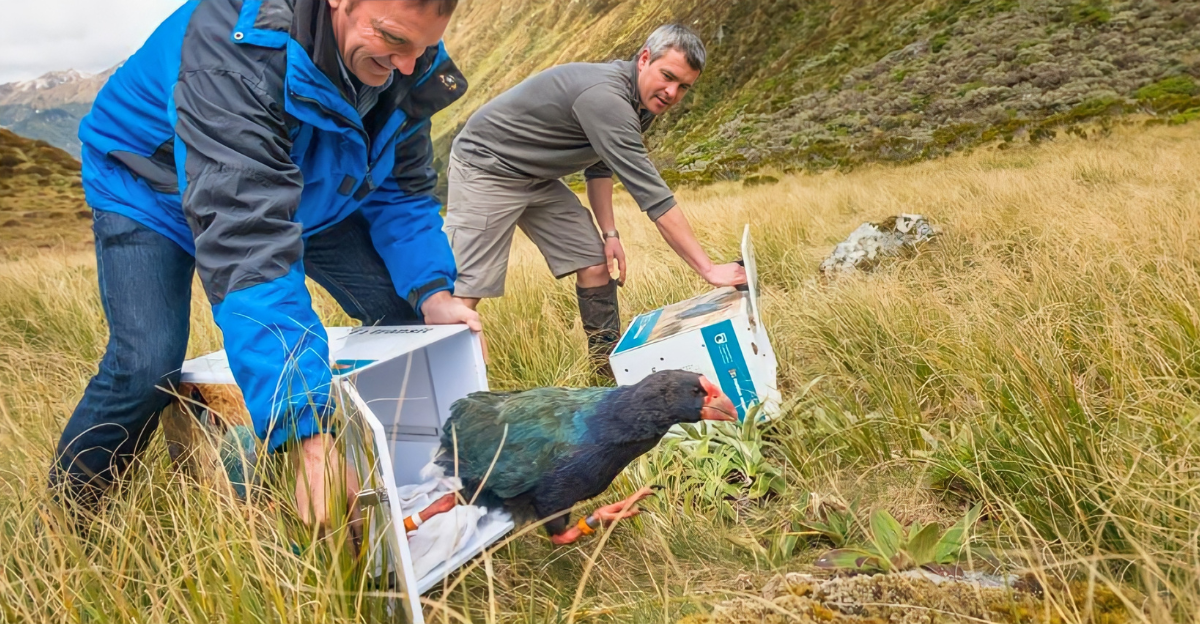
Throughout history, many animals have vanished from sight, which led scientists to declare them extinct. However, nature often surprises us with miraculous returns. These so-called “Lazarus species” often reappear after decades, centuries, or even millennia, reminding us how much remains hidden in the wild.
Their rediscoveries have inspired hope for conservation and shown the resilience of life. In this article, we will look at nine incredible animals who were once thought to be lost forever, only to be found alive against all odds. These incredible animals remind us that nature can still surprise us and that there’s hope for endangered species around the world.
1. Coelacanth
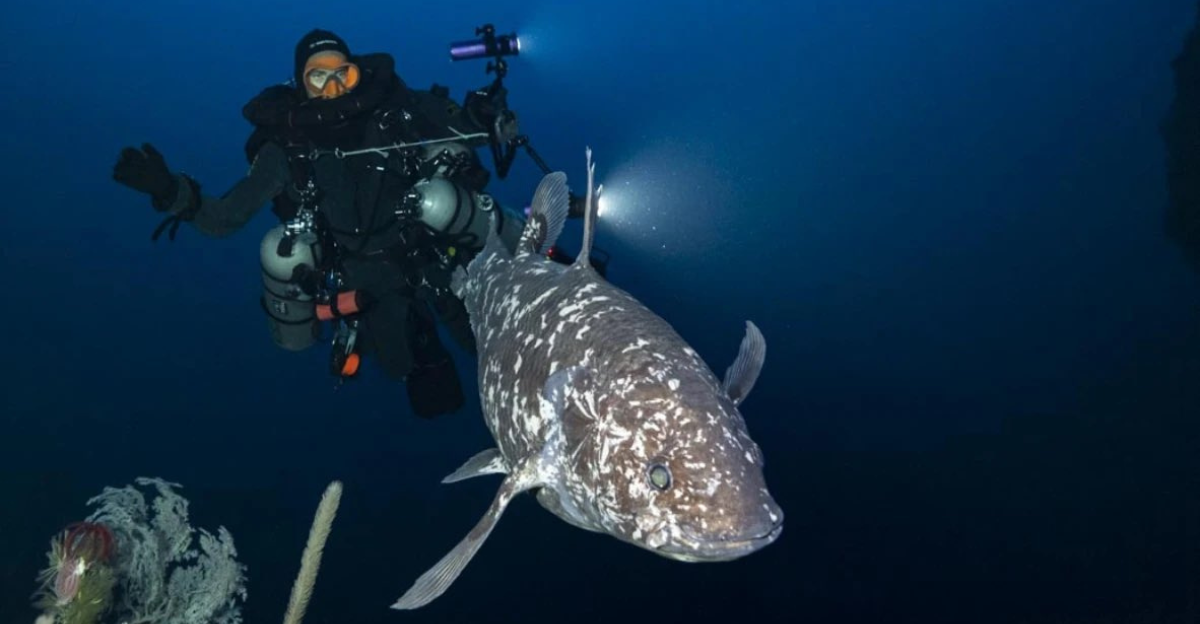
The coelacanth is probably the most famous “Lazarus species.” Scientists initially believed that these ancient fish went extinct with the dinosaurs approximately 66 million years ago. However, that changed in 1938 when a South African museum curator discovered a living coelacanth among a fisherman’s catch.
This deep-sea dweller has lobed fins and a prehistoric appearance. After its discovery, it became a sensation. Later, a second population was found near Indonesia. The coelacanth’s ability to survive for millions of years without detection challenges our understanding of extinction and evolution, serving as a powerful reminder that the ocean still holds many fascinating secrets that are just waiting to be discovered.
2. Attenborough’s Long-Beaked Echidna
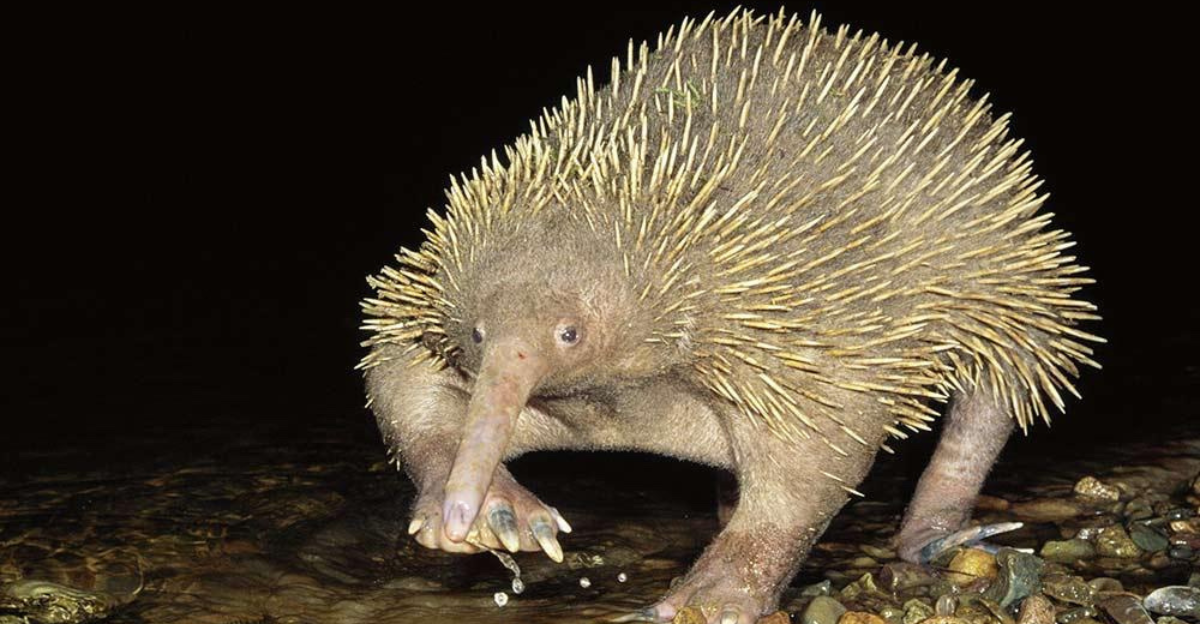
Attenborough’s long-beaked echidna is a spiny mammal that lives in Indonesia’s Cyclops Mountains. This small mammal was last seen in 1961 and was presumed to be extinct. It is covered in sharp spines and has a long snout for foraging insects. It evaded detection for over sixty years.
However, in 2023, researchers captured footage of the species, confirming its survival. The rediscovery of this rare echidna excited scientists and showed the value of continued exploration in remote, untouched habitats. It serves as a powerful reminder that even the most elusive creatures can endure in the planet’s most secluded corners.
3. Victorian Grassland Earless Dragon

Australia’s Victorian grassland earless dragon disappeared from scientific records after 1969, with habitat loss driving it to the brink. For decades, this lizard was considered extinct until an ecological survey in 2023 found a living individual. Shortly after this discovery, researchers found several more, which are now part of a breeding program at Melbourne Zoo.
This tiny, rare lizard’s comeback has reignited conservation efforts and given hope for other critically endangered reptiles in Australia’s threatened grasslands. Its rediscovery shows the importance of habitat protection and the role of scientific surveys in finding hidden survivors.
4. New Guinea Big-Eared Bat
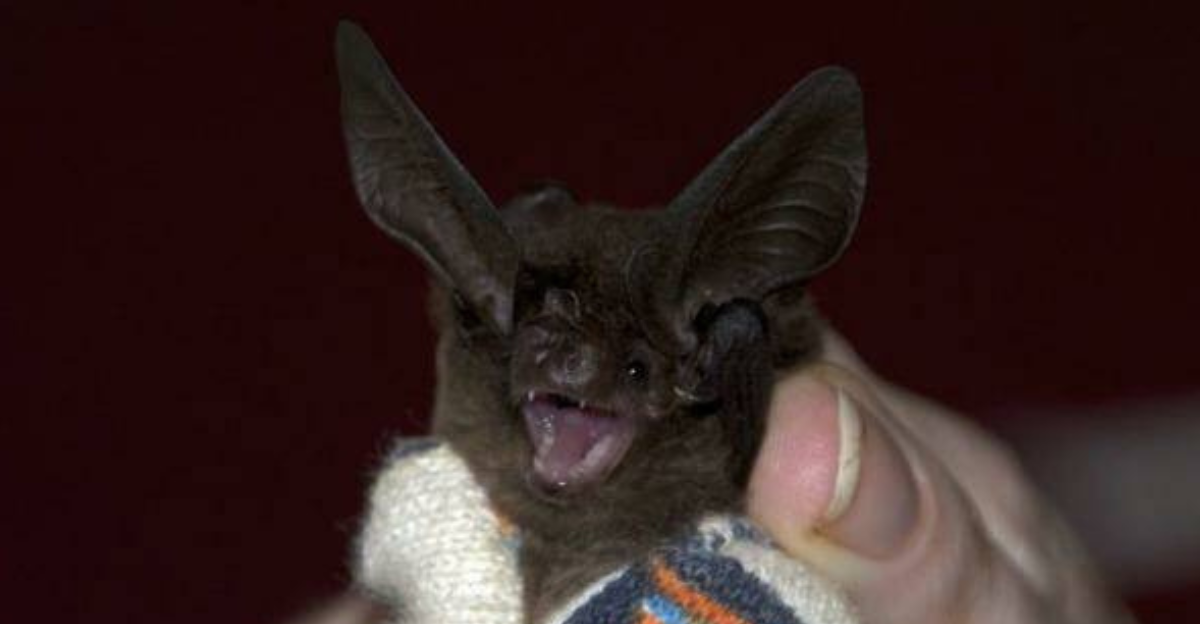
First collected in 1890, the New Guinea big-eared bat vanished for over a century and was presumed to be extinct. In 2012, two university students in Papua New Guinea captured an unusual bat during fieldwork. Careful analysis revealed it was the long-lost big-eared species.
This rediscovery was a major surprise for conservationists and showed the ongoing threats of habitat loss and the critical need for bat research in the region. The species remains critically endangered, but its survival offers hope. It also shows that even small, nocturnal animals can persist undetected for generations in remote forests.
5. Terror Skink
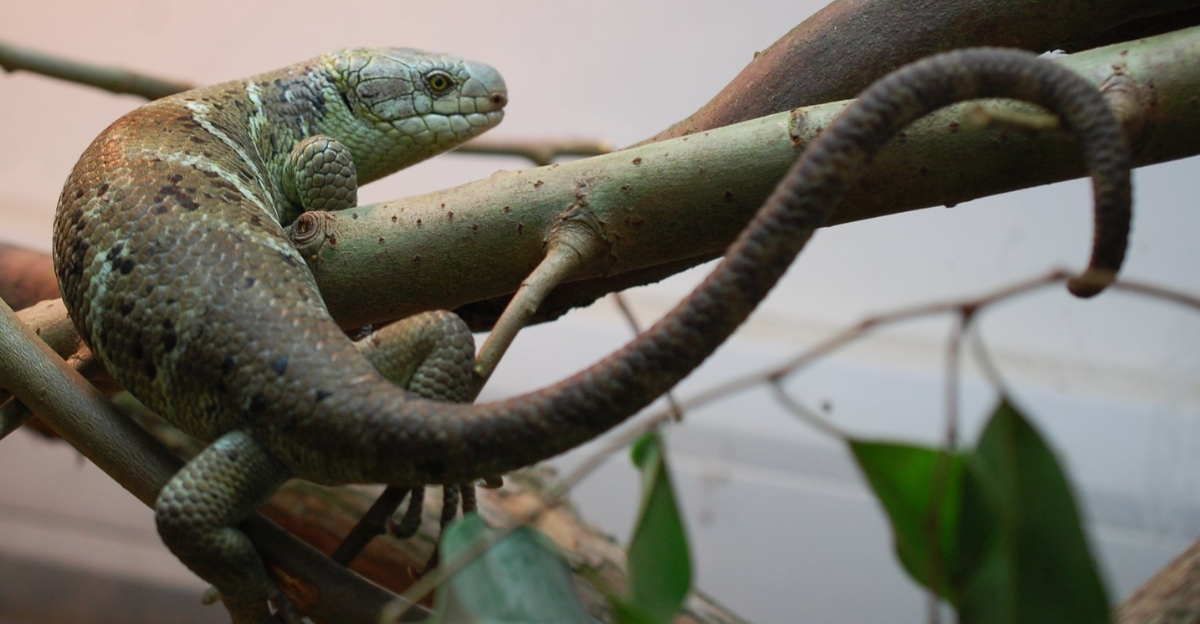
The terror skink is a large predatory lizard from New Caledonia, which was known only from a single specimen collected in the 1870s. It was presumed extinct for more than a century until its dramatic rediscovery in 2000 on two tiny islets.
The skink’s fearsome name is a reflection of its powerful jaws and carnivorous diet. Its survival in such a limited area shows the importance of protecting even the smallest and most isolated habitats, as they could carry unique and rare species. The terror skink’s comeback is a testament to the resilience and the surprises that still await on remote islands.
6. Australian Night Parrot
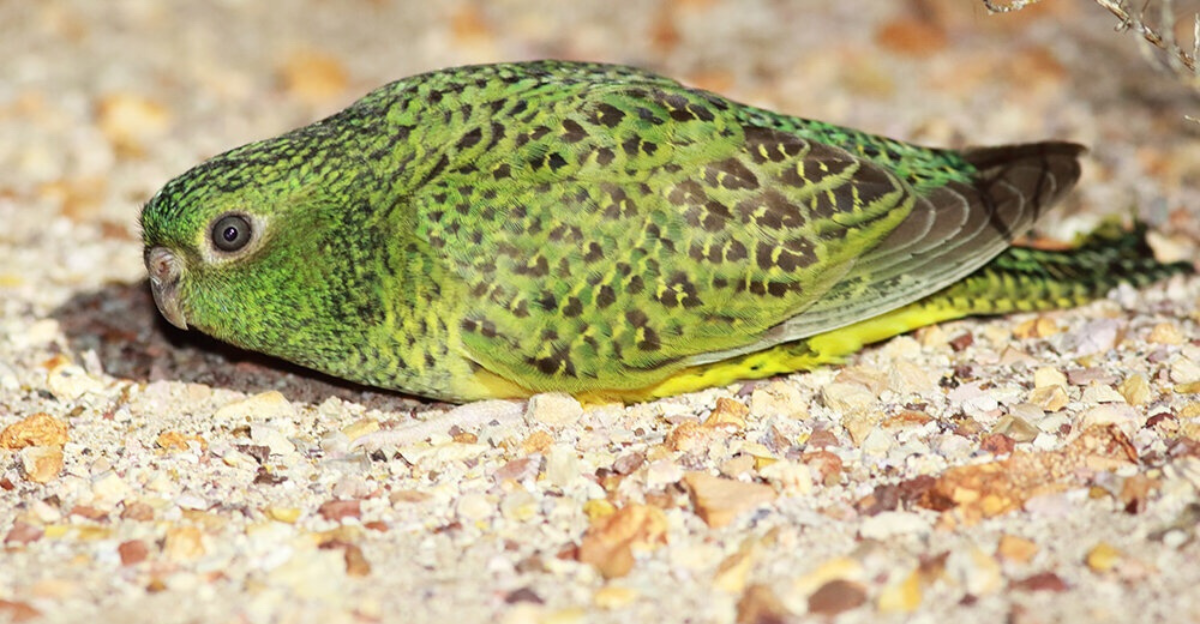
The Australian night parrot is one of the world’s most elusive birds. After disappearing in 1912, it was believed extinct for nearly a century. However, a dead specimen was discovered in 1990, and a live bird was finally photographed in 2013.
Despite skepticism over some records, the night parrot’s confirmed existence was a symbol of hope for bird conservation in Australia. Its nocturnal habits and remote habitat make it a challenging but inspiring conservation story.
7. Voeltzkow’s Chameleon
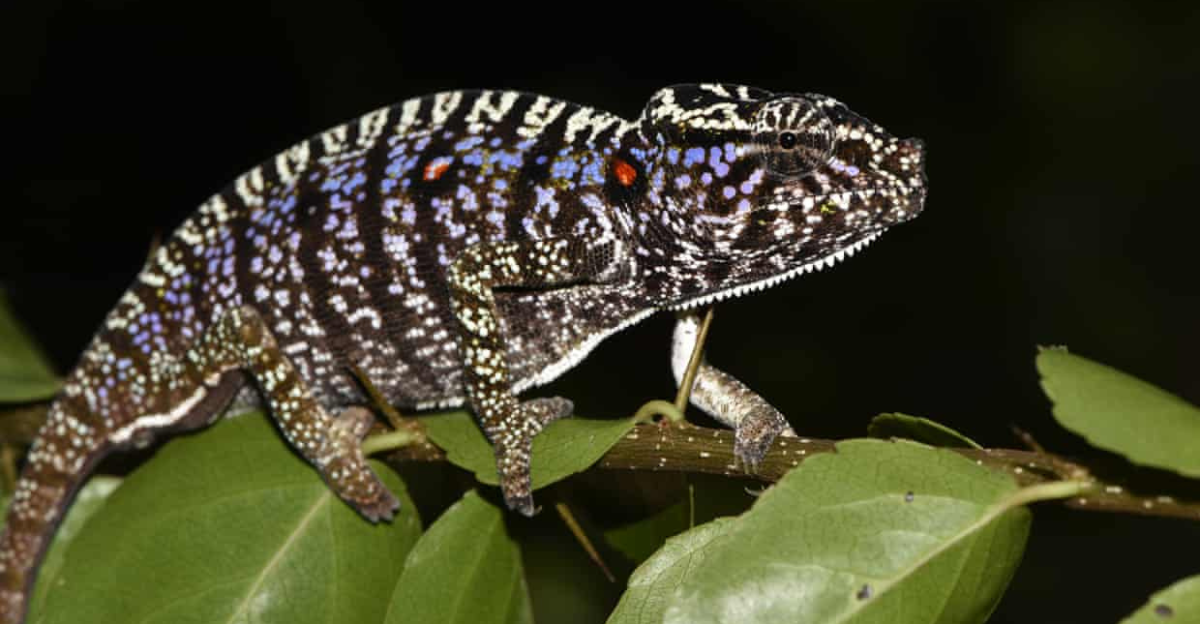
Voeltzkow’s chameleon, which is native to Madagascar, was last seen in 1913 and was considered extinct for over a century. In 2018, an expedition rediscovered this vibrant and shy species, finding that females are especially colorful.
The chameleon’s reappearance has provided valuable insights into Madagascar’s unique biodiversity and has shown the need for ongoing research and habitat protection. Conservationists are now working to ensure its survival and raise awareness about the island’s threatened ecosystems.
8. Bermuda Petrel
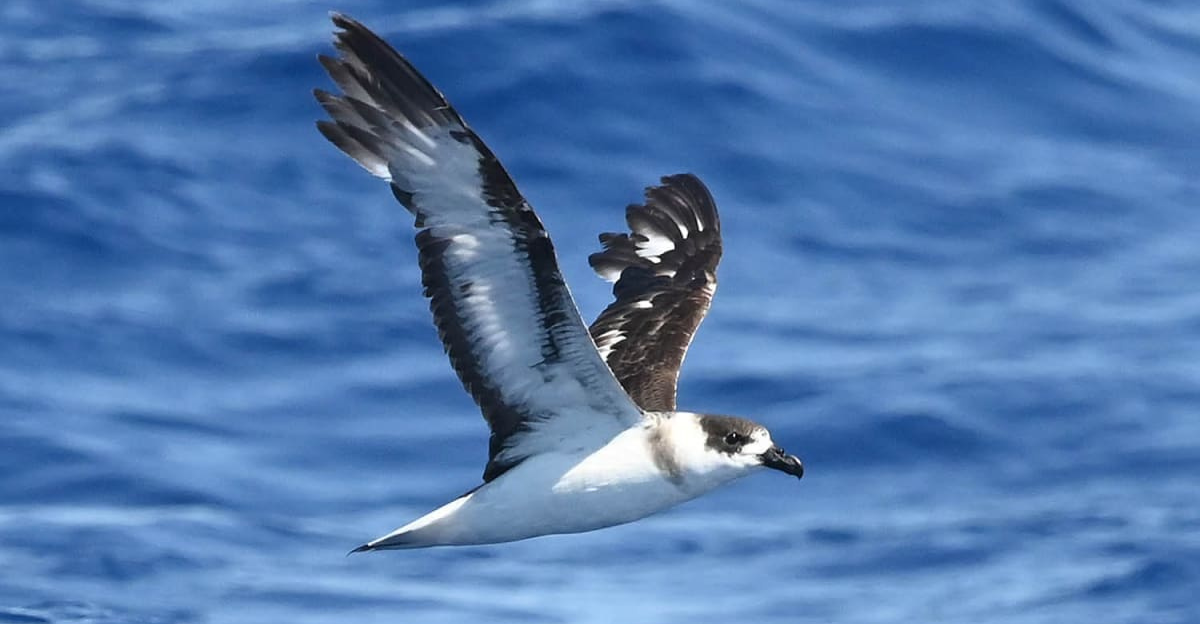
The Bermuda petrel, or “cahow,” was thought to be extinct since the early 1600s due to overhunting and introduced predators. Astonishingly, in 1951, 18 nesting pairs were found on remote islets. Intensive conservation efforts have since increased their numbers to about 250.
The Bermuda petrel’s story is a powerful example of how dedicated protection and habitat restoration can bring species back from the brink of extinction, even after centuries of being presumed lost forever. Today, these stunning birds’ haunting calls can once again be heard over Bermuda’s cliffs.
9. Chel Snakehead
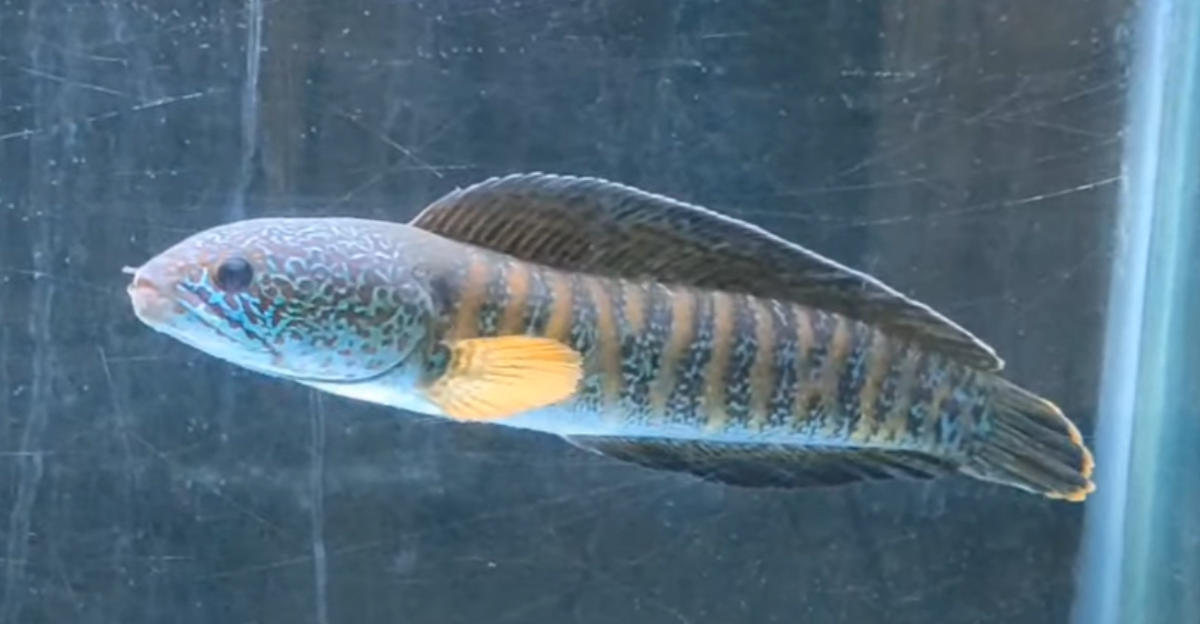
The Chel snakehead is a rare fish from India’s Himalayan region. It was last seen in the 1930s and was presumed extinct. However, in 2024, researchers rediscovered three specimens in the Chel River, thanks to local knowledge.
The fish’s survival, confirmed after more than 85 years, shows the importance of community involvement in conservation and the resilience of freshwater species in remote habitats. Its reappearance has renewed scientific interest in India’s rich aquatic biodiversity. The Chel snakehead’s story encourages further exploration and protection of rivers, which may still hide other “lost” species that are just waiting to be found.
Explore more of our trending stories and hit Follow to keep them coming to your feed!

Don’t miss out on more stories like this! Hit the Follow button at the top of this article to stay updated with the latest news. Share your thoughts in the comments—we’d love to hear from you!







